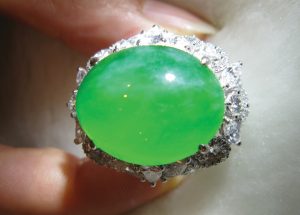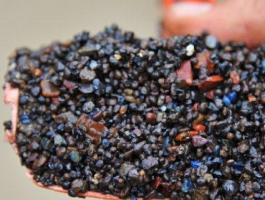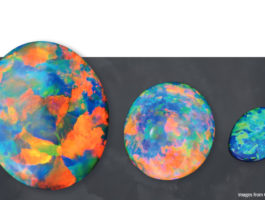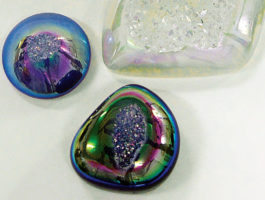What is Jade? Musings of a Jade Enthusiast
featured newsThe words ‘jade’ in the West and ‘yù’ 玉 in the East have different meanings and are both rather hard to define. Both words refer to materials that are beautiful and tough, and which have been used for millennia across cultures for tools, carvings, jewellery and other adornments. In Western culture, ‘jade green’ is the term often used to refer to a colour that is a pale to mid bluish-green, maybe rather milky. However, the jades occur in many shades of green and other colours as well. The two materials classed as ‘jade’ in Western science are jadeite and nephrite. Both are natural silicate materials (Figures 1 and 2). Jadeite is a pyroxene mineral Na (Al,Fe3+) [Si2O6]. It is classed as a ‘single chain silicate’, in which two of the oxygen atoms are shared in a way that makes long single chains of linked SiO4 tetrahedra. Pure jadeite is colourless. A rock with a mixture of pyroxene and other minerals produces a variety of colours. The rock made up from a majority of jadeite crystal grains is properly termed jadeitite. The most vivid green jadeitite is known in the west as ‘imperial jade’. Nephrite is composed of silicate minerals of the amphibole group that have hydroxyl ‘water’ in






